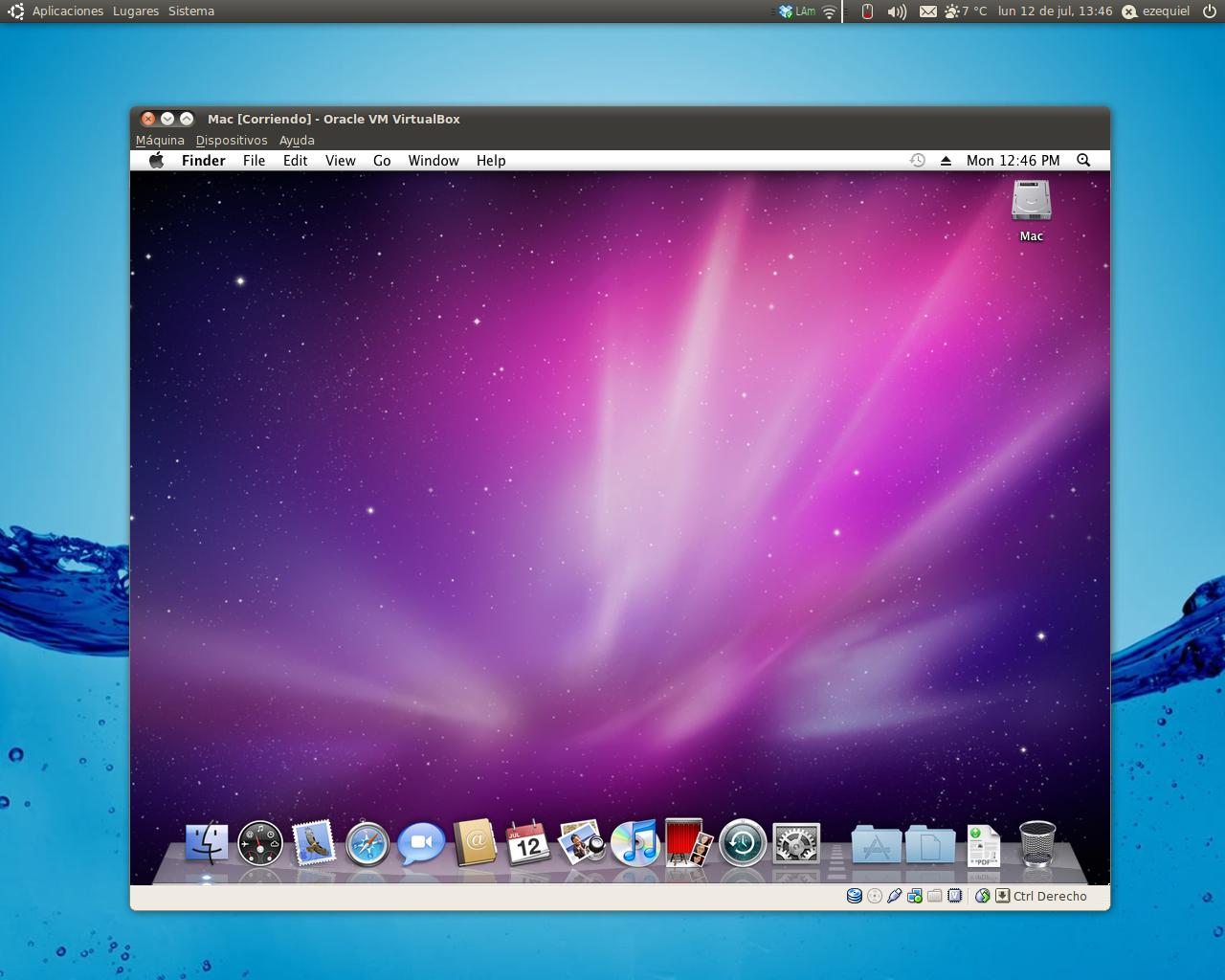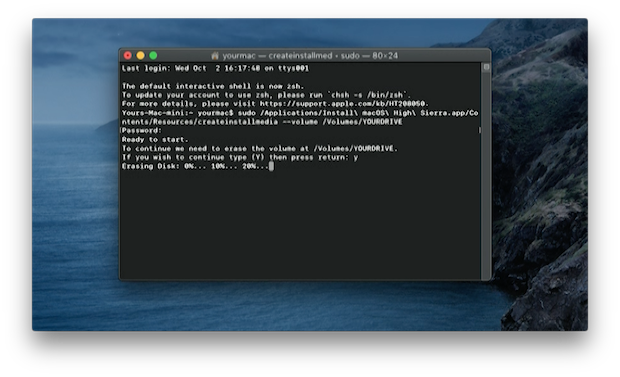
- #HOW TO DOWNGRADE MAC OS INSTALL#
- #HOW TO DOWNGRADE MAC OS SOFTWARE#
- #HOW TO DOWNGRADE MAC OS PASSWORD#
Additionally, you also must press the Command + R option in order to enter its Recovery Mode.Restart the Mac and hold the Command + Shift + Option + R keys together to enter the Recovery Mode.In case your macOS was shipped with the Mojave OS, you can downgrade Catalina to the Mojave OS by following the tips below:
#HOW TO DOWNGRADE MAC OS INSTALL#
Then, follow the steps that allow you to install the latest OS. Once this has been finished, you can successfully restart the Mac & your Startup Assistant shall appear. Doing this will start the installation of High Sierra.Once the option for boot disk selection appears, select its installer disk option or the USB drive created by you.Now, restart your Mac & hold your Option key. Now, wait for the process to be completed.
#HOW TO DOWNGRADE MAC OS PASSWORD#
Enter the Admin Password required to progress the task at hand. Sudo /Applications/Install\ macOS\ High\ Sierra.app/Contents/Resources/createinstallmedia –volume /Volumes/MyVolume –applicationpath /Applications/Install\ macOS\ High\ Sierra.app Finally, quit the disk utility option after the process has been completed. Rename your drive & select macOS extended or APFS as your default format. If the drive contains data that is unnecessary, you need to click on the Erase option. Launch the Disk Utility option & select your USB drive. Ensure the memory on this USB drive is at least a bit higher than your requirement to ensure a smooth transition from the system to the drive. Plug the external USB onto your system. Here is how you can downgrade the macOS to a desirable OS like the Mojave or High Sierra. 2-Create a Boot Drive (USB) & Revert to Old macOS:Īnother alternative for you to try is the boot drive method. Once the backup is complete, you can easily revert the OS to its previous version. Select all the data and files that are required to be backed up & drag them into your backup folder.įinally, wait for the move to finish. Next, open the disk & click on the file folder for “Users.”. Now, open your system’s backup disk & create a folder while naming it. Click the pathway Finder> Preference> Click on the check box “Hard Disks.” This would be under the “Show Items” options on the desktop. If you do plan to use this, here are all the steps you need to follow: There is another application you can use for data back on macOS known as the Time Machine. Given the fact that data security is an important aspect, it is highly recommended that you back up the data into your external drive. This will help you back up the data onto an external drive. #HOW TO DOWNGRADE MAC OS SOFTWARE#
You can also opt for 3rd party backup software meant for macOS systems.

The best and easiest way to downgrade your existing macOS without data loss is to actively back up the data into any other system you have at your premise. Top Tips to Downgrade macOS or macOS X without Data Loss 1-Backup the Mac data:
Fixing issues while downgrading your macOS or macOS X. How can you restore the lost data post downgrade?. 4-Downgrade the Older Version of the macOS Installer:. Downgrading macOS X(El Capitan to the Yosemite ). 2-Create a Boot Drive (USB) & Revert to Old macOS:. 
Top Tips to Downgrade macOS or macOS X without Data Loss.






 0 kommentar(er)
0 kommentar(er)
